James Brenan RHA (1837-1907)
Signature: signed and dated with monogram '19JB01' lower left; original inscribed label on reverse
Medium: oil on canvas
Size: 14 x 21in. (35.56 x 53.34cm) Framed Size: 19 x 26in. (48.26 x 66.04cm) Condition: Excellent condition. Provenance: By descent from the artist to the previous owner; Whyte's, 2 March 2009, lot 161; Private collection Exhibited: RHA, Dublin, 1902, catalogue no. 61 (£20-0-0) One of Ireland’s most important and prolific genre painters, James Brenan was born in Dublin, where he trained at the Royal Hibernian Academy School. His interest in the condition and improvement of Irish manufacturing was kindled by his work on the ...Read more One of Ireland’s most important and prolific genre painters, James Brenan was born in Dublin, where he trained at the Royal Hibernian Academy School. His interest in the condition and improvement of Irish manufacturing was kindled by his work on the London’s Great Exhibition, in 1851, where he assisted Sir Matthew Digby Wyatt and Owen Jones in the decoration of the Pompeian and Roman Courts. Later he was to return to Ireland with samples of lace, which he used to upgrade and encourage the standard of Irish lace making and to set up schools in rural areas. He was an early champion of women’s causes, and the average of three titles that he exhibited annually at Dublin’s RHA (from 1861 until 1906), reveal his enduring concern for the rural poor, their housing, language and education. He taught at various English art schools, including Liverpool, Yarmouth and Taunton, before becoming headmaster of the Cork School of Art from 1860 to 1869. This steady income enabled him to indulge in his real passion, genre painting, which otherwise lacked commercial appeal amongst the wealthy Irish, who were more likely to buy paintings of themselves, their horses or their houses, than depictions of their poor tenants. Brenan’s fascinating legacy of genre paintings, provide unique insights into how people survived at a time when fishing families were suffering from poor catches, and farmers suffered recurrent failures of their potato crops. In recent decades a number of his paintings have come to light, and a regular habit of painting one year, and exhibiting the resulting work the following year, emerges. Titles such as Notice to Quit, Bankrupt (both lent to exhibitions in London), Patchwork and Words of Counsel (the latter two now in the Crawford Art Gallery Collection in Cork) demonstrate his skill in drawing contentious issues like eviction, under-funded education, emigration and archaic arranged marriage customs, into the public debate. He was a feminist before the term was current, and women and their children were frequently and always sympathetically featured. He opened up avenues for other painters to dare to explore subsequently; such controversial subjects were also tackled by painters such Howard Helmick Charles Cook and Erskine Nicol When teaching in Cork, he was within easy reach of rural areas: a fertile ground for his sympathies. Specific aspects and features of architecture and furnishings are recognisable as characteristic of west Cork, which was within reach of Cork city by horse. The most intriguing and unusual aspect of this painting is the type of timber covered bed in the background: a type which endured well into the twentieth century throughout Ireland. In poor houses with draughts and thatch that tended to be dusty and to leak, the so called canopy or camp bed was a shelter within a shelter. It had nothing to do with the fashion for tester beds that endured in the big houses, but instead was highly functional, and despite shortage of timber, enabled families to huddle together and stay warm using the heat of their bodies, in our damp climate. The open floor level turf fire caused draughts, so raising the bedding kept it dry and sheltered the sleepers, with a curtain usually draped across the open front. Brenan shows the end of one of these dominating structures, with its boarded canted roof. Others had arched roofs, or square tops, but this one matches rare surviving examples precisely, w
James Brenan RHA (1837-1907)
Signature: signed and dated with monogram '19JB01' lower left; original inscribed label on reverse
Medium: oil on canvas
Size: 14 x 21in. (35.56 x 53.34cm) Framed Size: 19 x 26in. (48.26 x 66.04cm) Condition: Excellent condition. Provenance: By descent from the artist to the previous owner; Whyte's, 2 March 2009, lot 161; Private collection Exhibited: RHA, Dublin, 1902, catalogue no. 61 (£20-0-0) One of Ireland’s most important and prolific genre painters, James Brenan was born in Dublin, where he trained at the Royal Hibernian Academy School. His interest in the condition and improvement of Irish manufacturing was kindled by his work on the ...Read more One of Ireland’s most important and prolific genre painters, James Brenan was born in Dublin, where he trained at the Royal Hibernian Academy School. His interest in the condition and improvement of Irish manufacturing was kindled by his work on the London’s Great Exhibition, in 1851, where he assisted Sir Matthew Digby Wyatt and Owen Jones in the decoration of the Pompeian and Roman Courts. Later he was to return to Ireland with samples of lace, which he used to upgrade and encourage the standard of Irish lace making and to set up schools in rural areas. He was an early champion of women’s causes, and the average of three titles that he exhibited annually at Dublin’s RHA (from 1861 until 1906), reveal his enduring concern for the rural poor, their housing, language and education. He taught at various English art schools, including Liverpool, Yarmouth and Taunton, before becoming headmaster of the Cork School of Art from 1860 to 1869. This steady income enabled him to indulge in his real passion, genre painting, which otherwise lacked commercial appeal amongst the wealthy Irish, who were more likely to buy paintings of themselves, their horses or their houses, than depictions of their poor tenants. Brenan’s fascinating legacy of genre paintings, provide unique insights into how people survived at a time when fishing families were suffering from poor catches, and farmers suffered recurrent failures of their potato crops. In recent decades a number of his paintings have come to light, and a regular habit of painting one year, and exhibiting the resulting work the following year, emerges. Titles such as Notice to Quit, Bankrupt (both lent to exhibitions in London), Patchwork and Words of Counsel (the latter two now in the Crawford Art Gallery Collection in Cork) demonstrate his skill in drawing contentious issues like eviction, under-funded education, emigration and archaic arranged marriage customs, into the public debate. He was a feminist before the term was current, and women and their children were frequently and always sympathetically featured. He opened up avenues for other painters to dare to explore subsequently; such controversial subjects were also tackled by painters such Howard Helmick Charles Cook and Erskine Nicol When teaching in Cork, he was within easy reach of rural areas: a fertile ground for his sympathies. Specific aspects and features of architecture and furnishings are recognisable as characteristic of west Cork, which was within reach of Cork city by horse. The most intriguing and unusual aspect of this painting is the type of timber covered bed in the background: a type which endured well into the twentieth century throughout Ireland. In poor houses with draughts and thatch that tended to be dusty and to leak, the so called canopy or camp bed was a shelter within a shelter. It had nothing to do with the fashion for tester beds that endured in the big houses, but instead was highly functional, and despite shortage of timber, enabled families to huddle together and stay warm using the heat of their bodies, in our damp climate. The open floor level turf fire caused draughts, so raising the bedding kept it dry and sheltered the sleepers, with a curtain usually draped across the open front. Brenan shows the end of one of these dominating structures, with its boarded canted roof. Others had arched roofs, or square tops, but this one matches rare surviving examples precisely, w
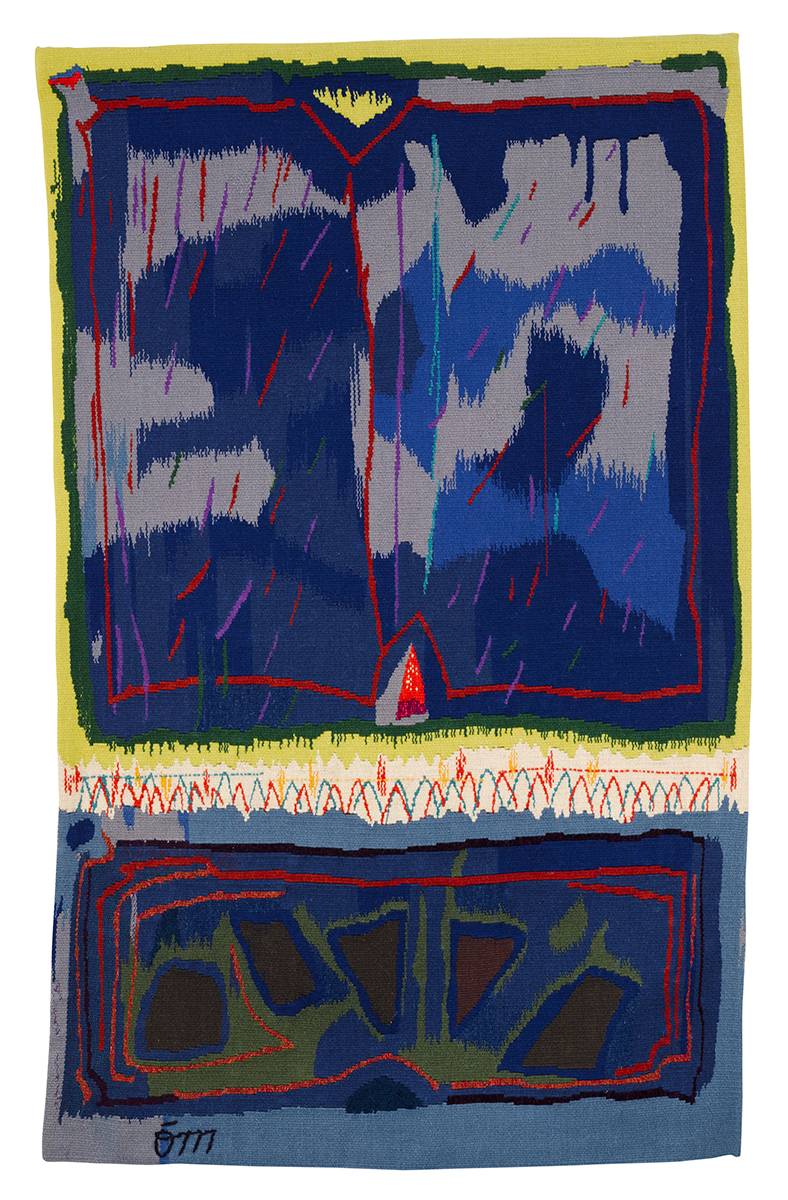
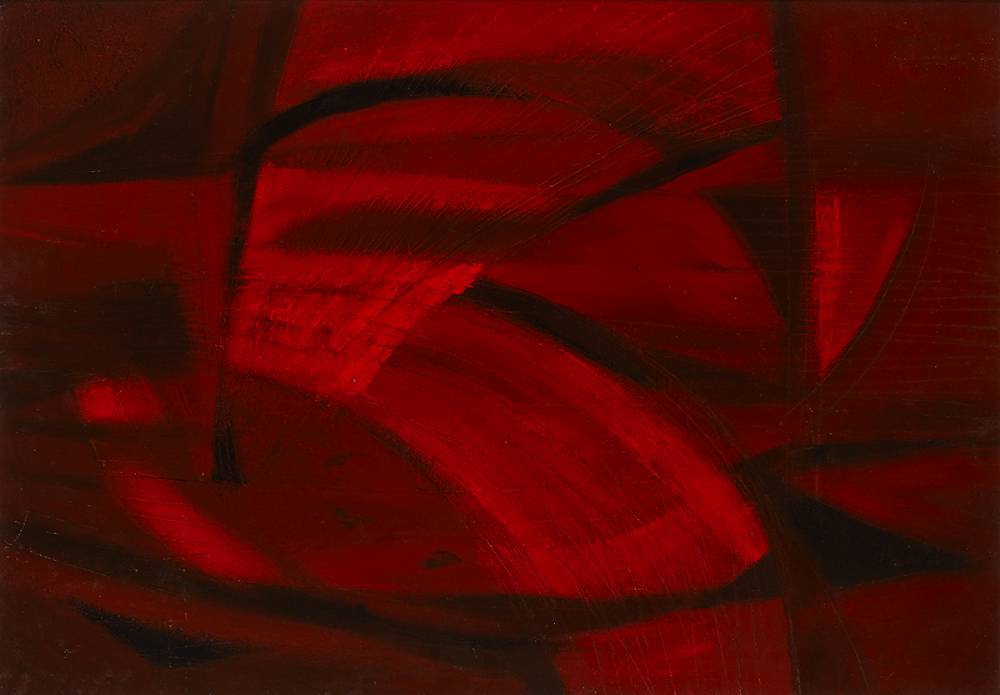
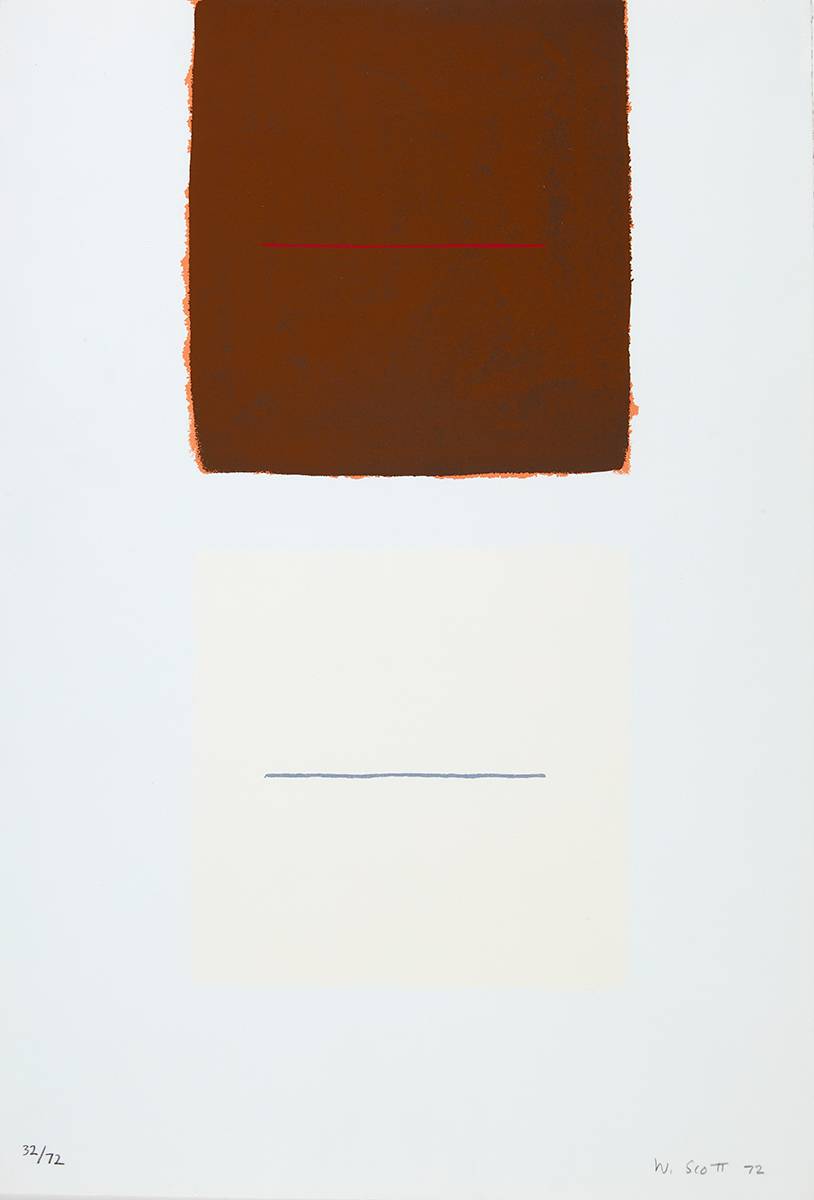
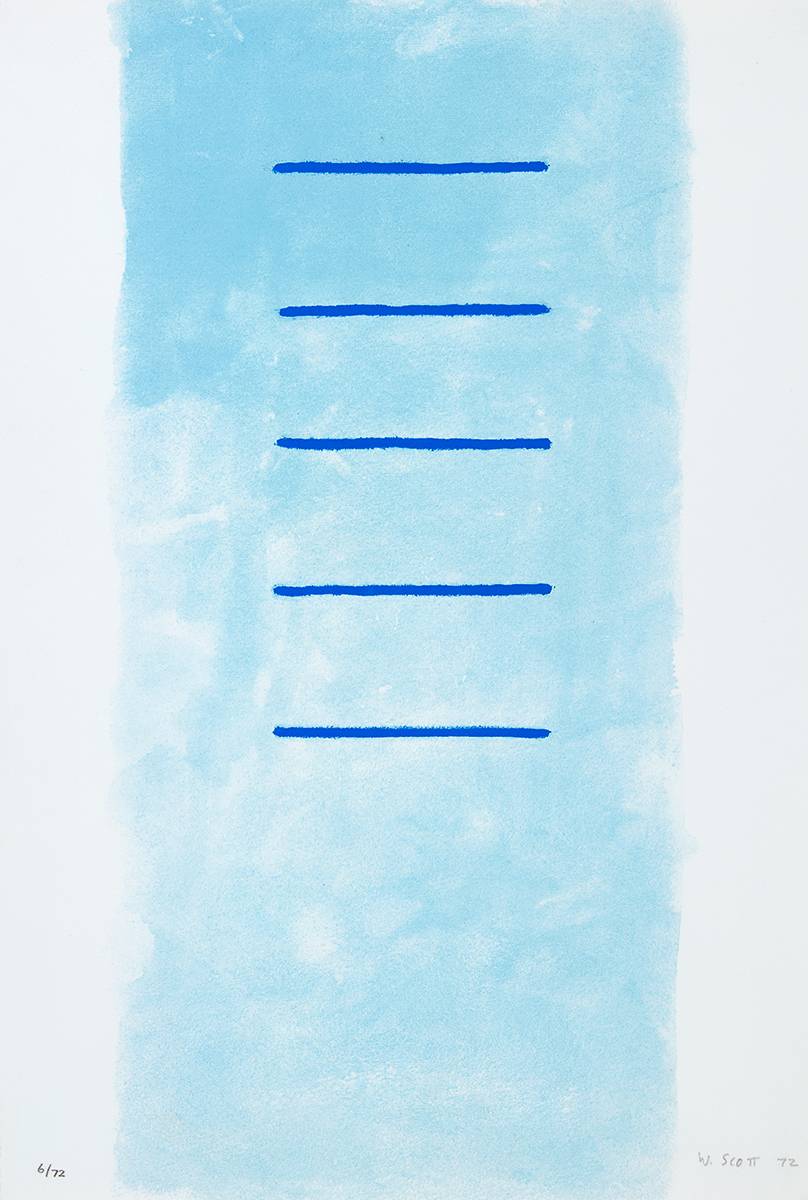
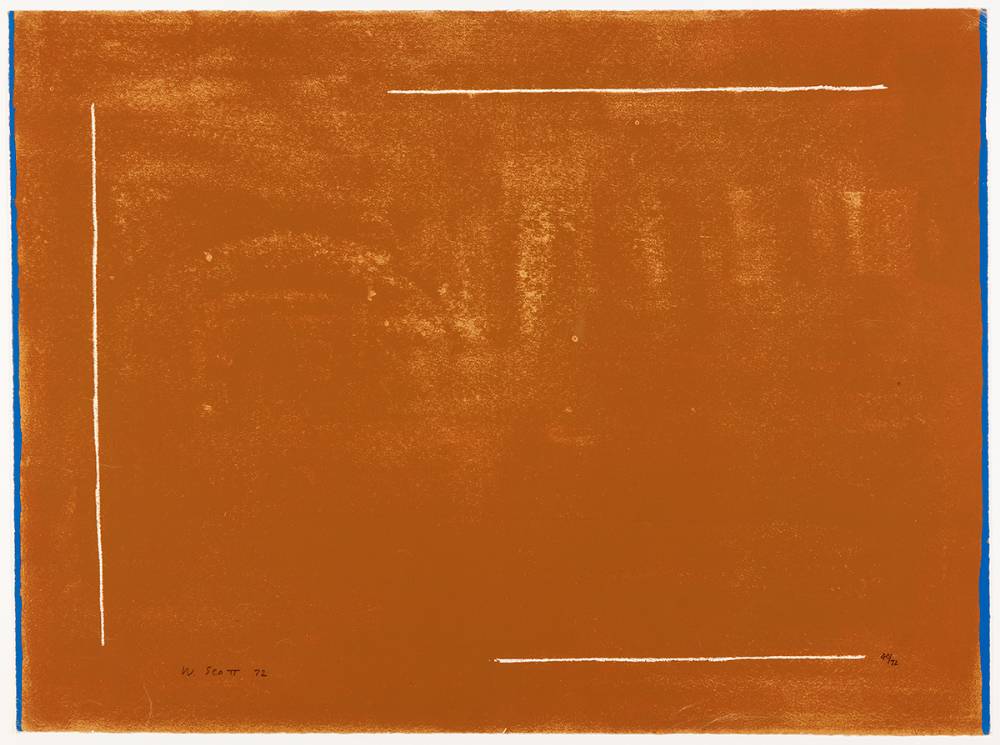
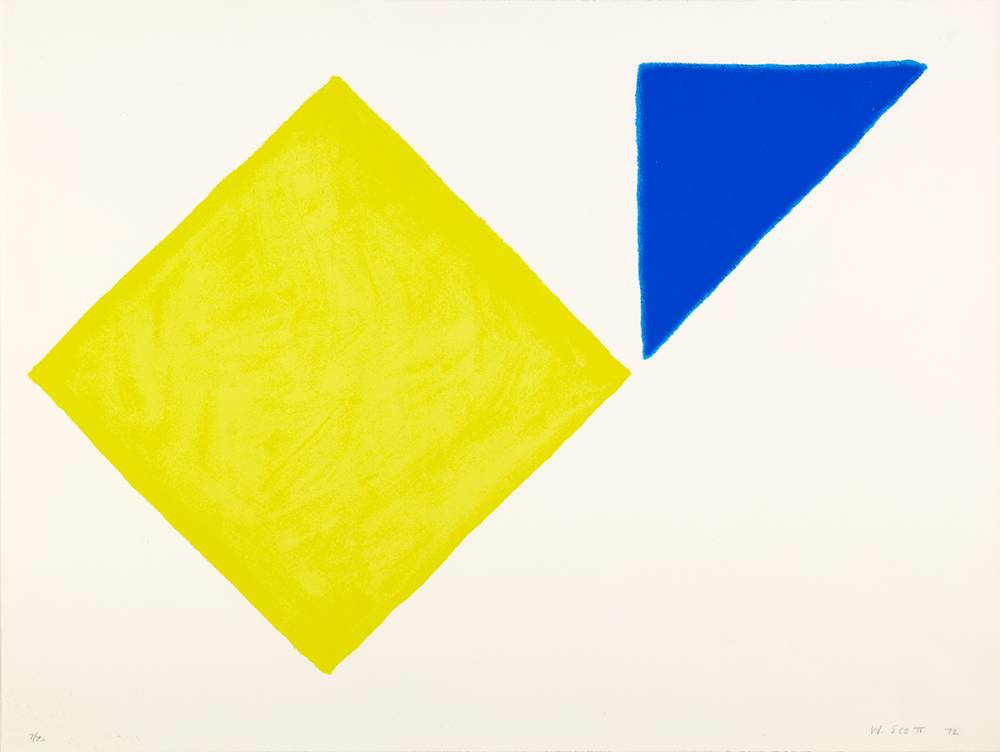
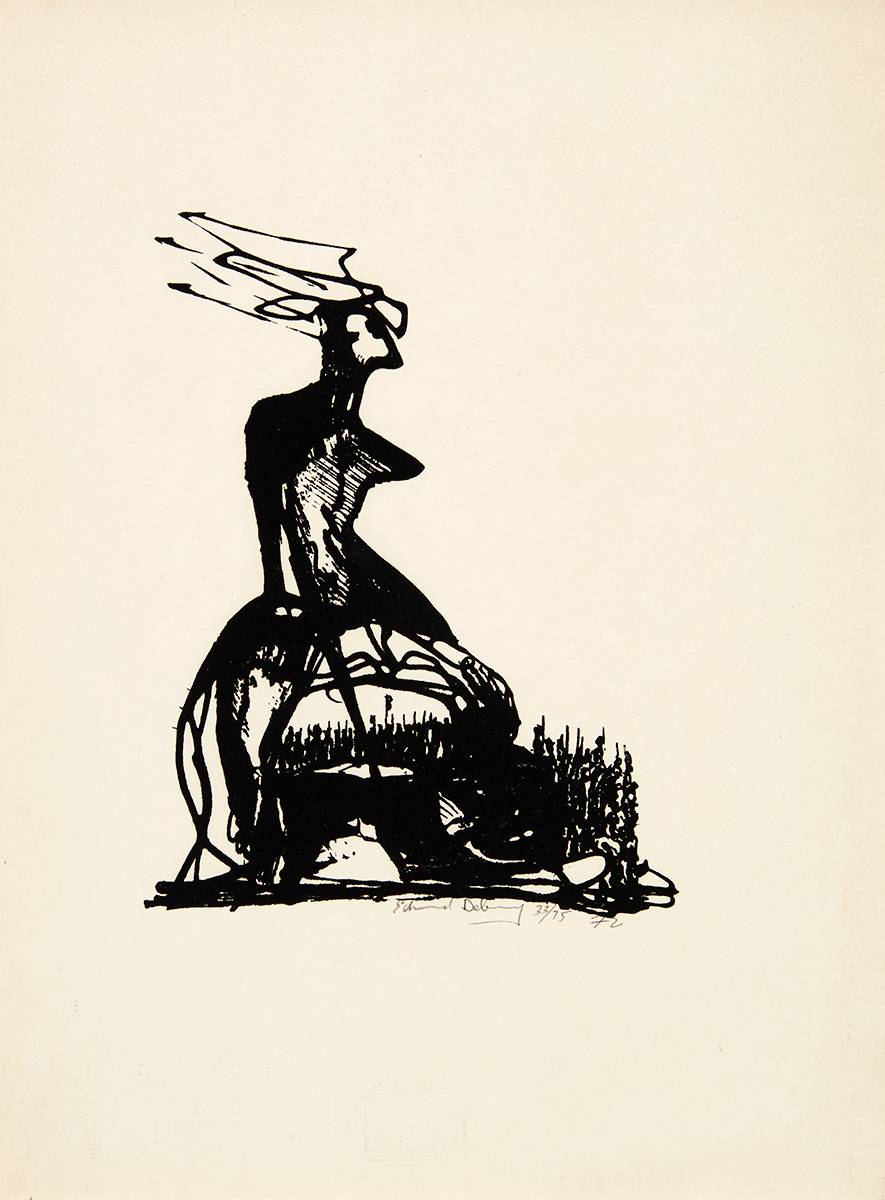
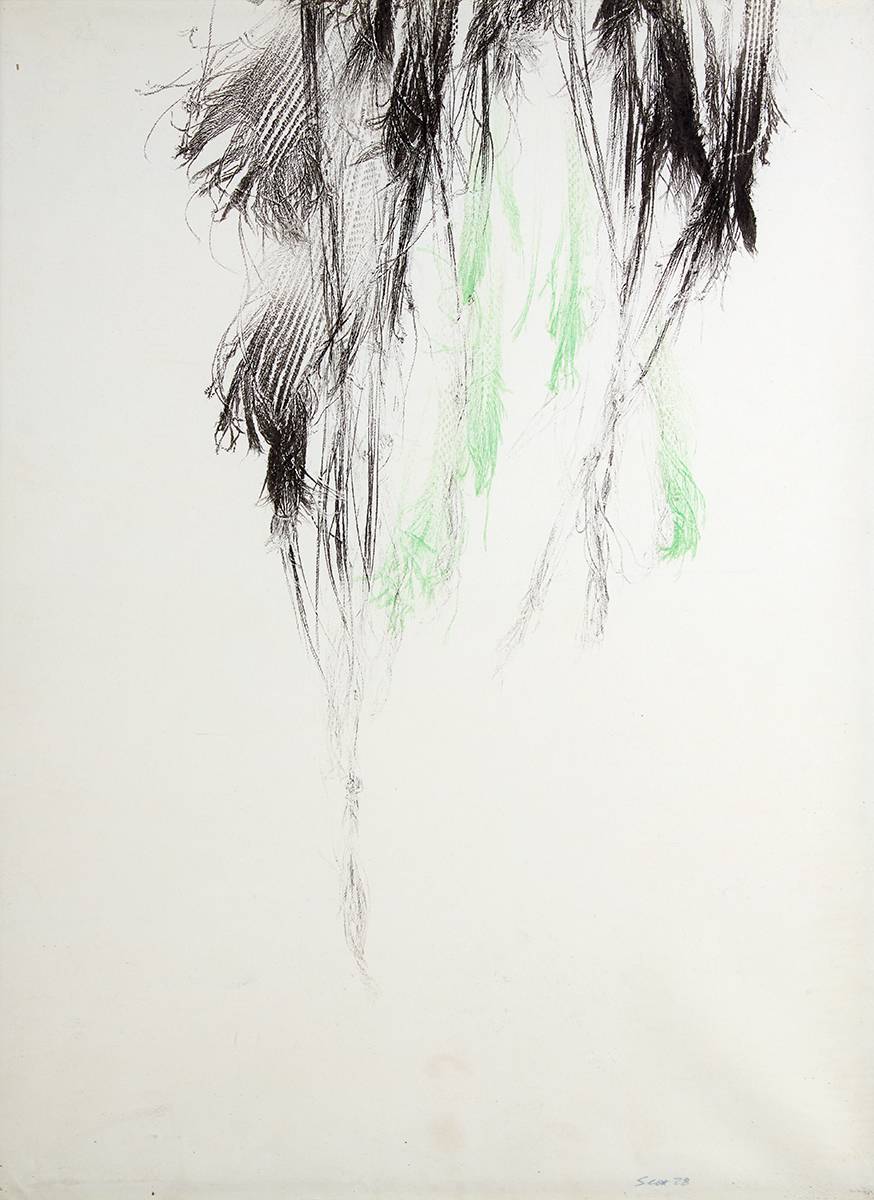
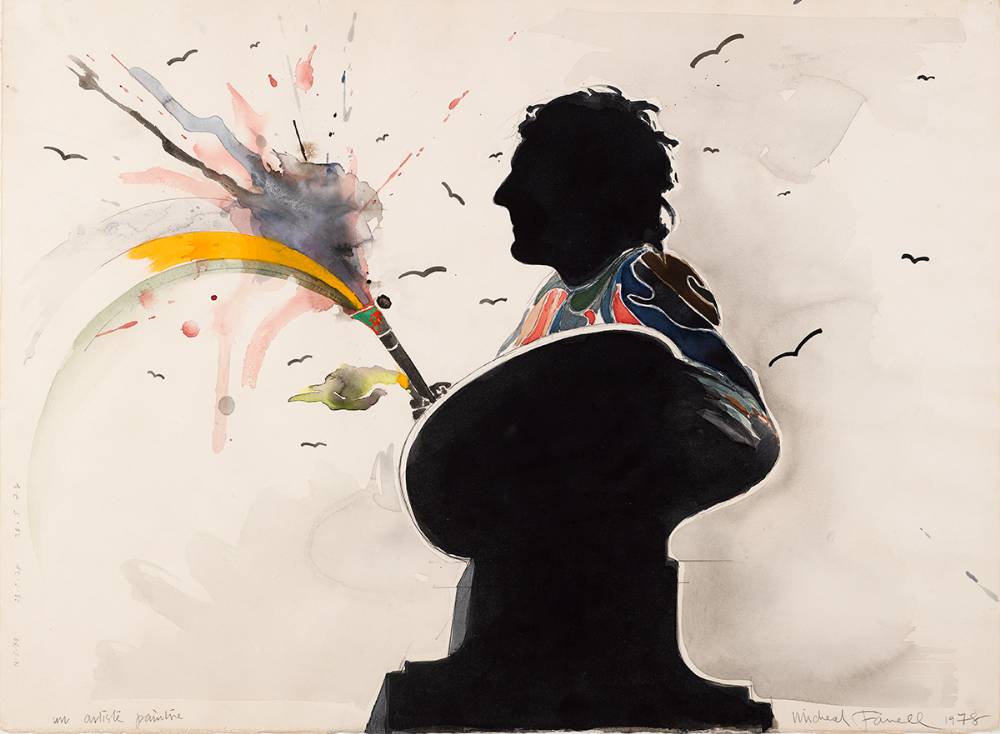
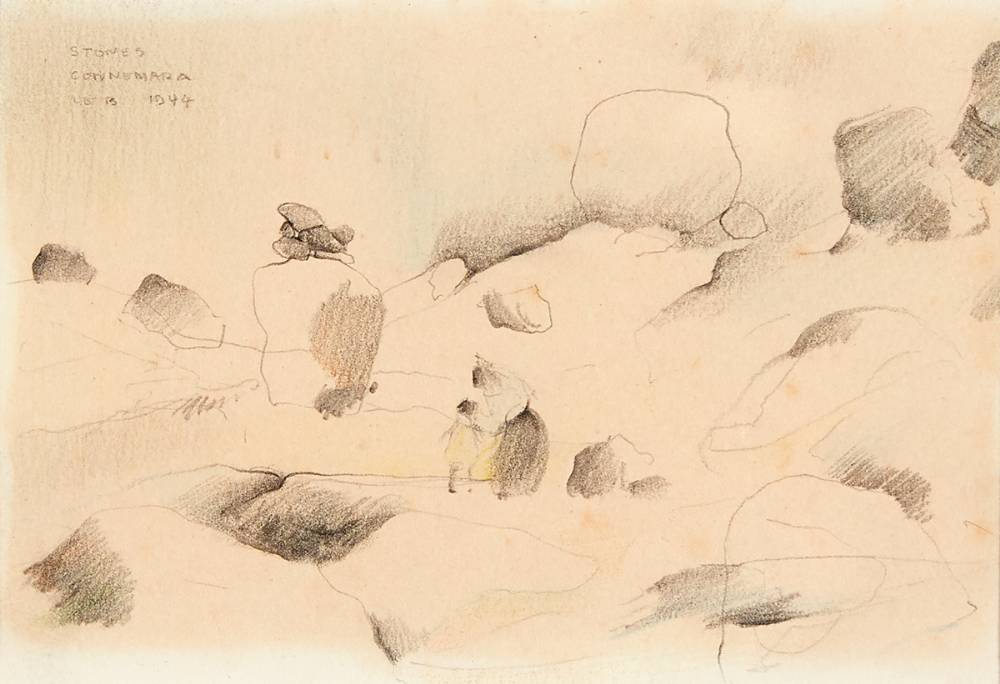
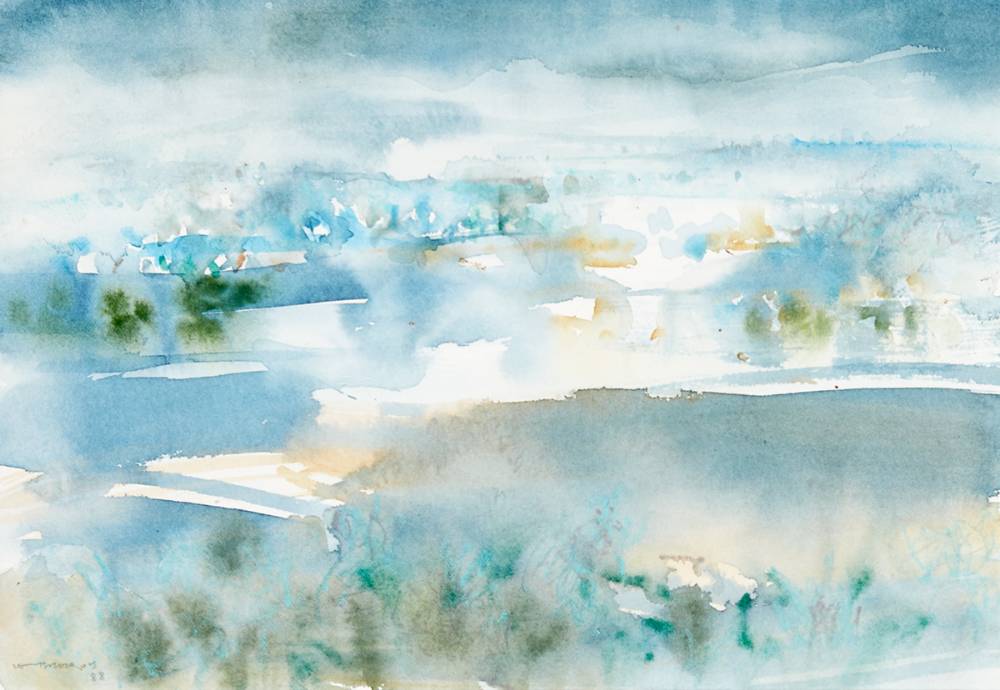
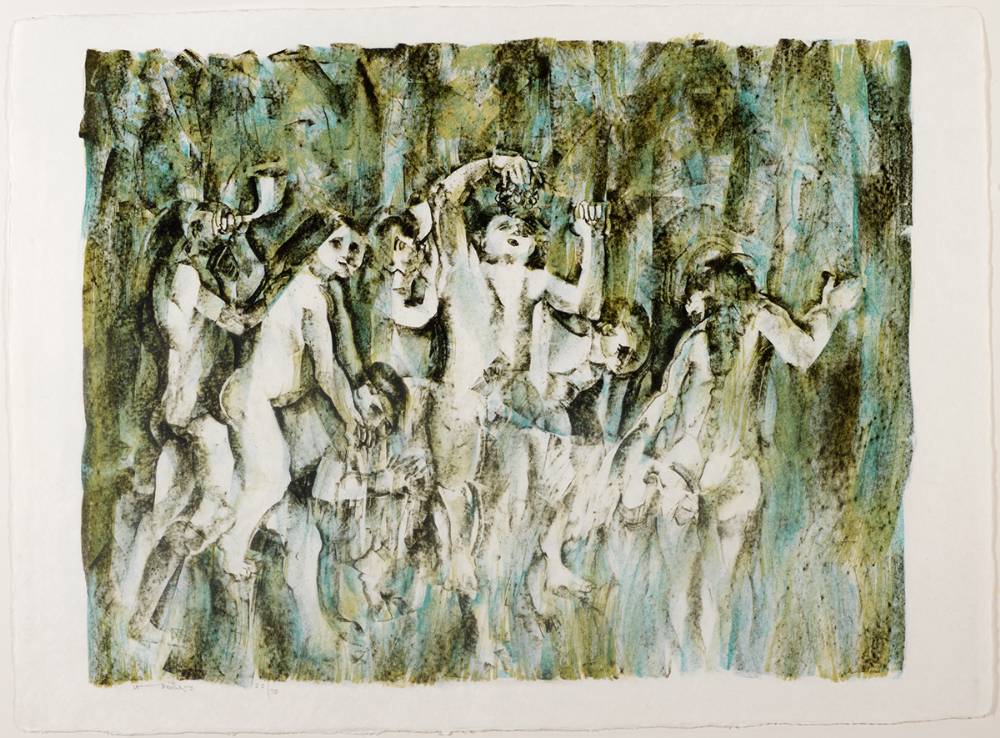
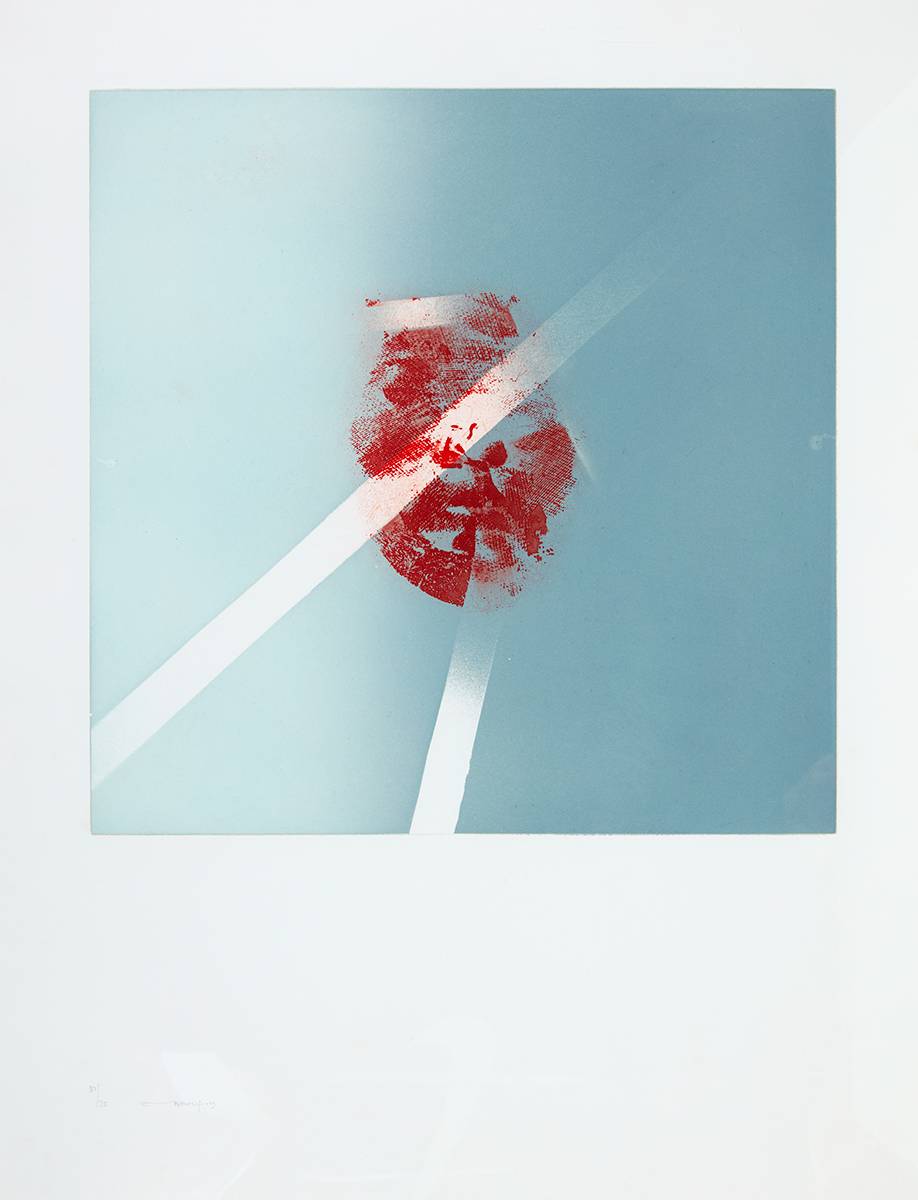
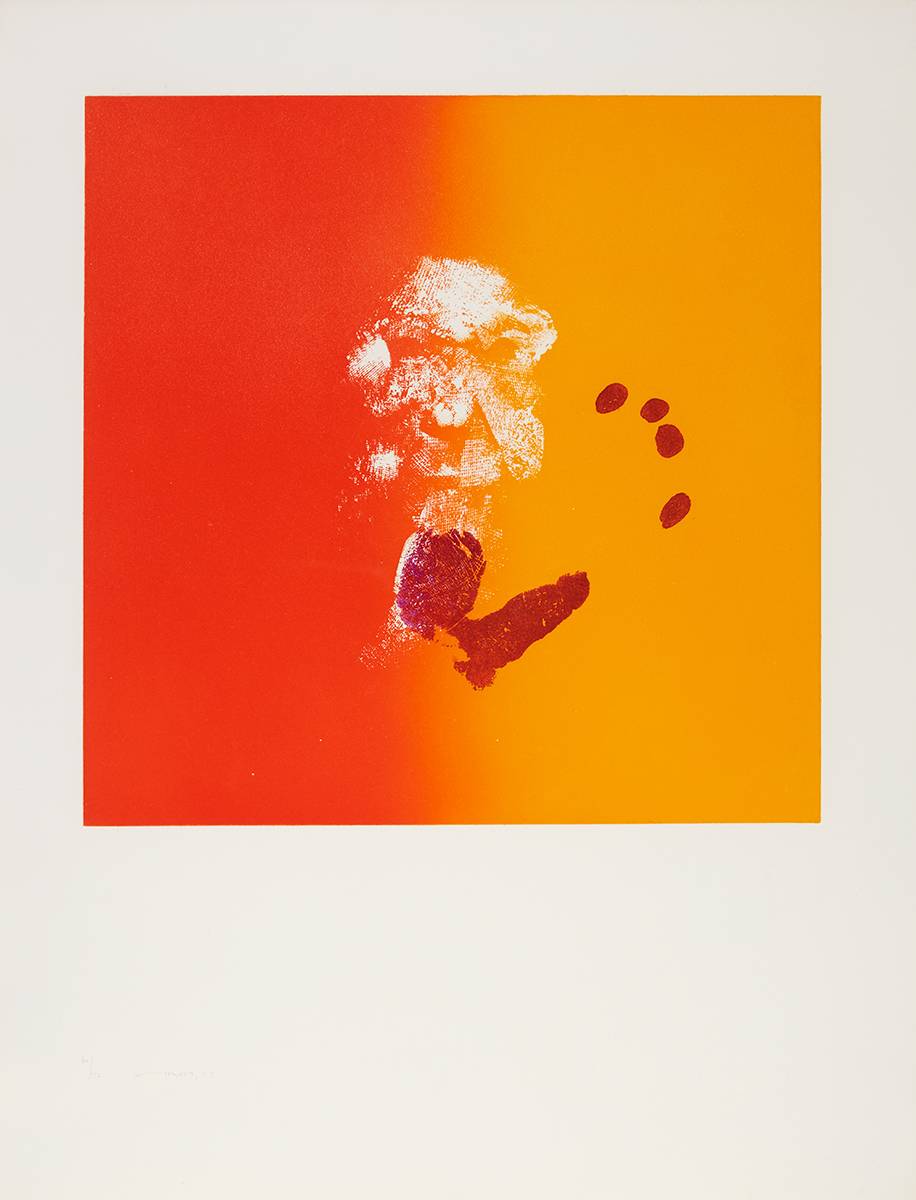
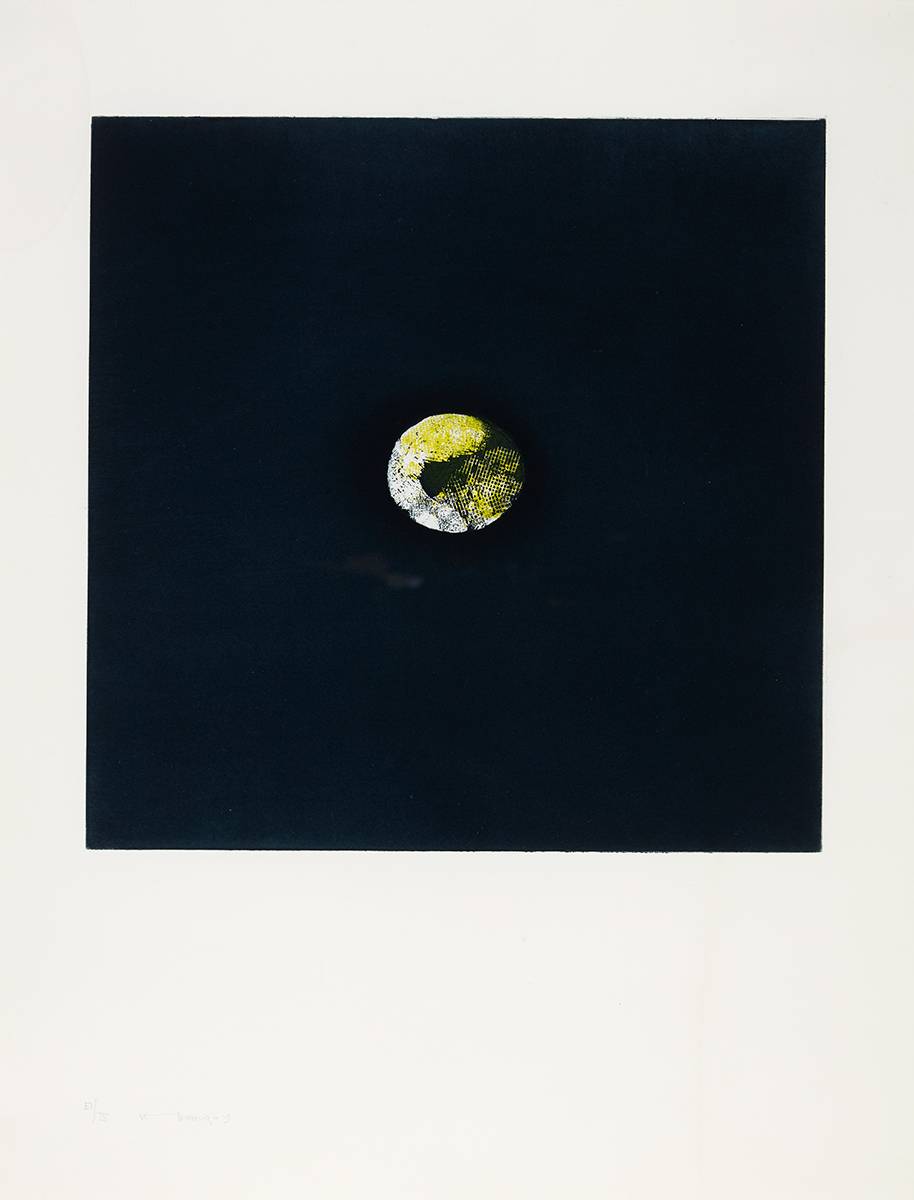
Try LotSearch and its premium features for 7 days - without any costs!
Be notified automatically about new items in upcoming auctions.
Create an alert